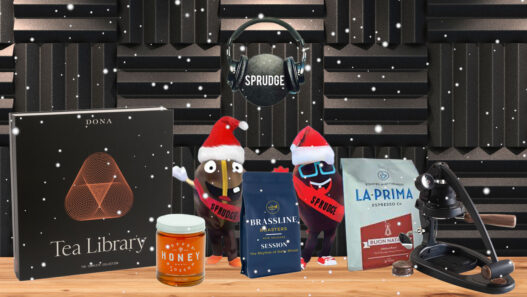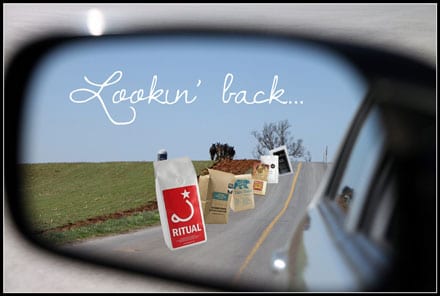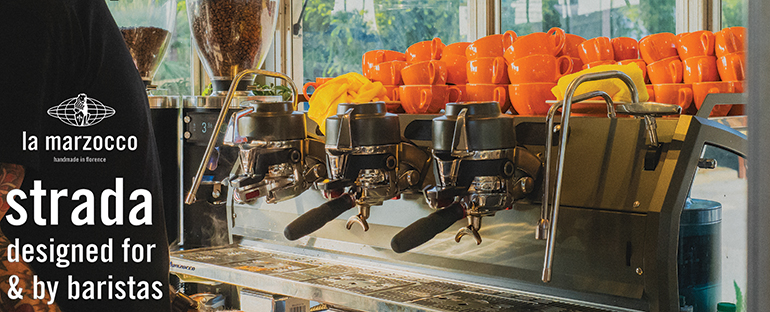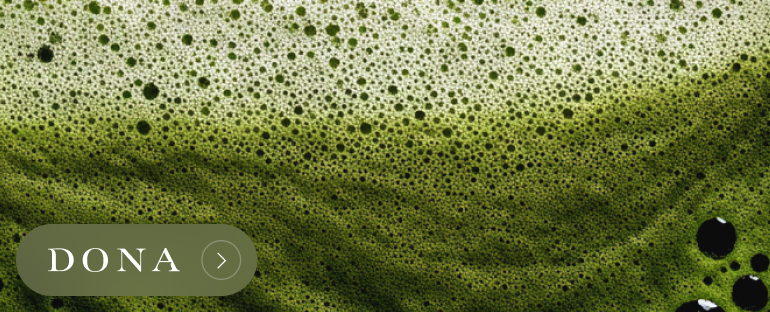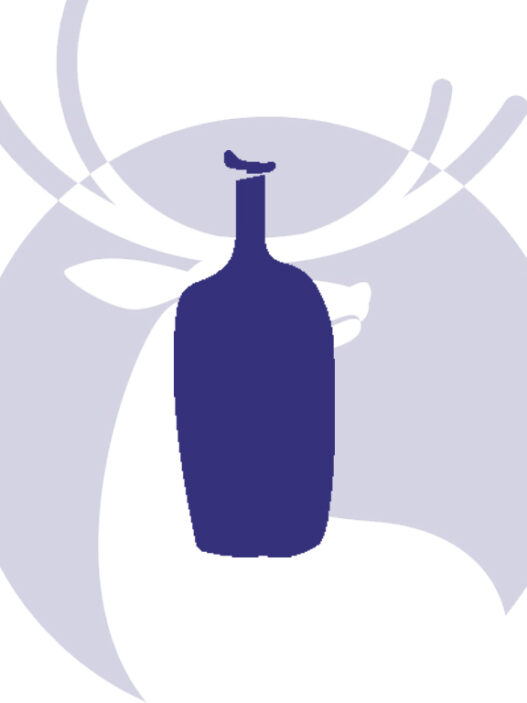Our staff writer Alex Bernson greets the new year with a look back at his favorite coffees of 2012.
Looking back on 2012, it was definitely a great year to be a coffee nerd / enthusiast / professional / what-have-you. The industry keeps growing, shops and roasters keep popping up or expanding, and there’s pretty much more information on the subject today than there ever has been in human history. But 2012 was also just a great time just to be a coffee drinker, and here are some reasons why.
Many of the Central American coffees I enjoyed in 2012 were bursting with complex acidity, yet unbelievably clean and at times startling in their depth. 2012 was the year that so many Western Hemisphere coffees challenged my preconceived notions and exceeded my expectations. Meanwhile, many of the coffees I enjoyed from Africa in 2012 harvests were full of delicate nuance, demanding and fascinating in their complexity, with big-time standouts coming out of the cooperatives in Kenya and the mish-mash of cooperatives and privately owned washing stations in Rwanda. Exceedingly light roasting definitely became a thing in North America this year, with exciting new takes on classic origin profiles. With a number of new micro-roasters entering the scene, and ever more multi-roaster shops opening up, more and more people were exposed to fantastic coffee being roasted by brands they hadn’t heard of before. At the same time, many established industry roasting leaders were able to clearly illustrate why their longstanding relationships, breadth of knowledge, and access to resources so often result in fantastic coffees. Smaller is not always better, but new brands are exciting; old school is not necessarily “right”, but there’s a reason why specialty roasters who do high volume are often able to outpace the little guys.
I think 2012 was the year where under-developed roasts really became *a thing* in North America, and it’s a trend that needs to be put to bed. Light roasting can be great, and I do love that first sip that offers the promise of forward sweetness and delicate acidity, but unless a very narrow window of balance is hit just…right… that promise so often dissolves into sourness, starchiness, and a soapy finish. I ran into this again and again, from roasters across many different styles and regions, throughout the balance of 2012.
But enough negativity. I’ve put together a list of some of my personal favorite coffees to celebrate this exciting year in coffee. The list isn’t meant to be comprehensive and is certainly skewed to coffees I’ve had the privilege of working within NYC at Sweetleaf and Craft Coffee, so if your favorite coffee didn’t make it, sound off in the comments below!
- Ritual Coffee Roasters (SFO) – Honduras Las Manos. This was my desert island coffee–I could’ve happily drank just this all year. Brewed, it was immensely pleasing in its balance, full of clean sugarcane low notes, with a deceptively complex golden raisin and mango acidity. As espresso, the rich sugarcane was accentuated yet still incredibly crisp, creating a syrupy shot with port-like depths.
- Ritual Coffee Roasters (SFO) – Guatemala Chuito. I feel bad putting Ritual on this list twice when there were so many amazing coffees this year, but like the Honduras Las Manos, this Chuito really exemplified how amazing Central American harvests, especially the Colombian and Guatemalan ones, were this year. Unbelievably clean, bursting with nuanced acidity, yet anchored with deep, sweet chocolate notes, this coffee was a true crowd-pleaser.
- Stumptown Coffee Roasters (PDX / Seattle / NYC) – Guatemala El Injerto Geisha. I had the immense pleasure of tasting this coffee in a catalog cupping next to Stumptown’s other Injerto and Geisha offerings and really made clear the common flavor notes coming from both farm and variety. Earl Grey flavors and delicate high acidity unlike any other Injertos, married to warm chocolate and cola low-notes missing in other Geishas. A nice reminder that in the often polarized discussion of variety and origin, both can be important.
- Heart Coffee Roasters (PDX)- Kenya Gaturiri Peaberry. Heart has been on the leading edge of light roasting in North America, and this crystal clear coffee was a great example of why this has people so excited. Rarely have I seen tasting notes on a bag be so on point, or a Kenya taste like this: “kiwi, currant, and molasses”. A vibrant acidity like many other Kenyas this year, but juicier, with an unexpectedly rich, heavy sweetness and body balancing out the light roast’s puckery finish.
- Counter Culture Coffee (Durham, NC) – Ethiopia Idido Washed. I’ve loved Counter Culture’s take on this coffee as a natural process in the past, and with African coffees being particularly clean and nuanced this year, it was really exciting to enjoy the Idido as a washed process. This coffee is precisely light and articulate, with a juicy acidity somewhere between orange and lemon and sweet aromatics that carried through the whole cup. Definitely a favorite.
- Kuma Coffee (Seattle) – Sumatra Tano Batak. Kuma has been on peoples’ radar more and more, and this impressively clean and articulate coffee shows why. There has been an increasing quality focus in Sumatra, and this coffee demonstrates the potential of those efforts. Crisp red bell pepper and sweet cherry create a dominating acidity, over a rich leather base, finishing with stimulating black pepper and oolong notes.
- Caffe Ladro (Seattle) – Nicaragua Finca San Jose Java Nica. Caffe Ladro are Seattle coffee OGs, and it’s very exciting to see them move so strongly in a modern, specialty-focused direction. This new Java Nica variety was developed by the Mierisch family in Nicaragua and has a wild profile reminiscent of a classic Ethiopia Yirgacheffe–syrupy black tea and white peach mid-notes, with a refreshing lemonade sweetness and delicate orange-blossom aromatics.
What made coffee so exciting for me this year is the promise of so much more potential knowledge and improvement. Some coffees on this list made me think that variety was the biggest determinant of flavor, others that it was origin or processing, others that it was roasting. In the end, the answer is clearly that they all have important roles to play, and it is so exciting to see continued experimentation and innovation in all areas.
What a great time to be a coffee lover! Here’s to more delicious cups in 2013.






